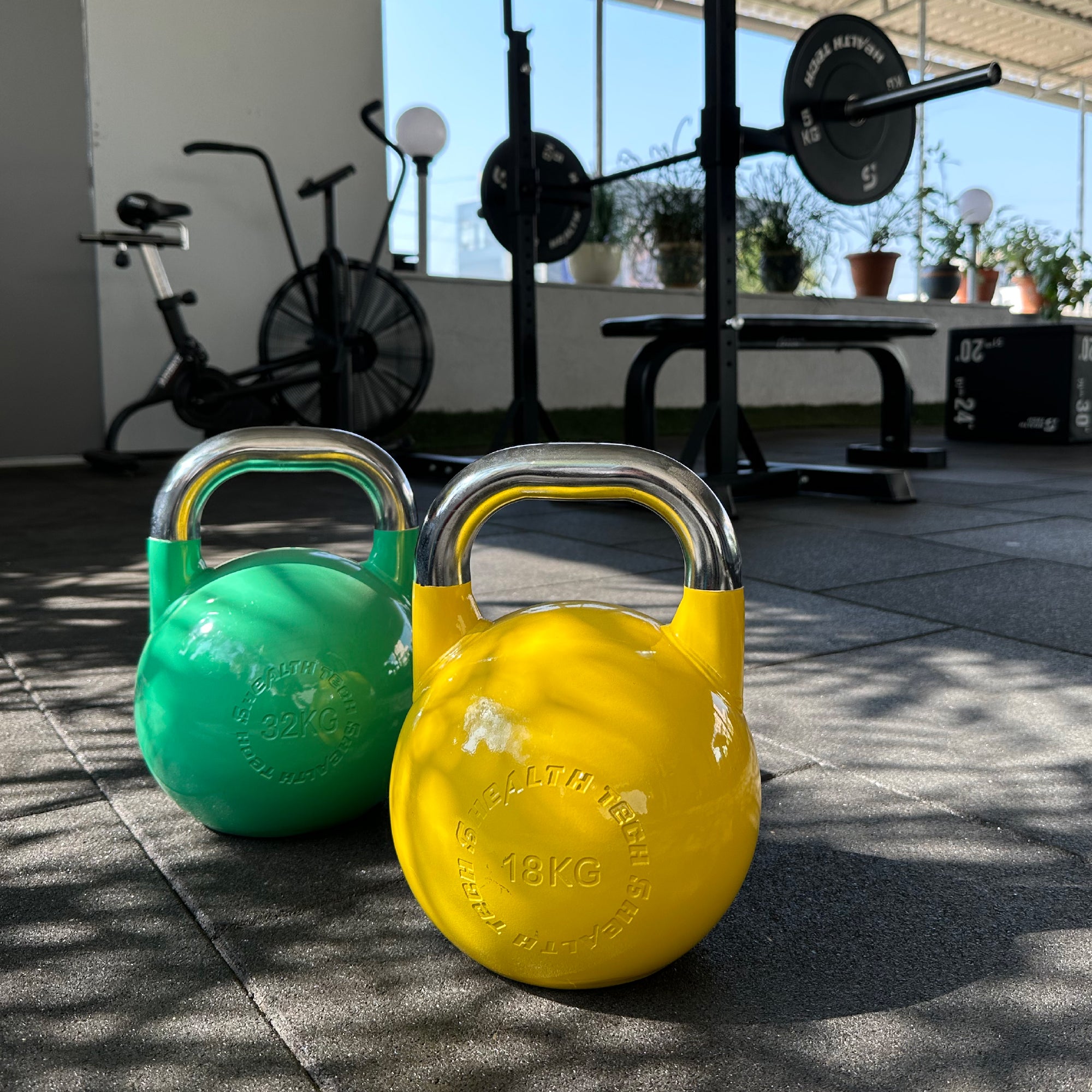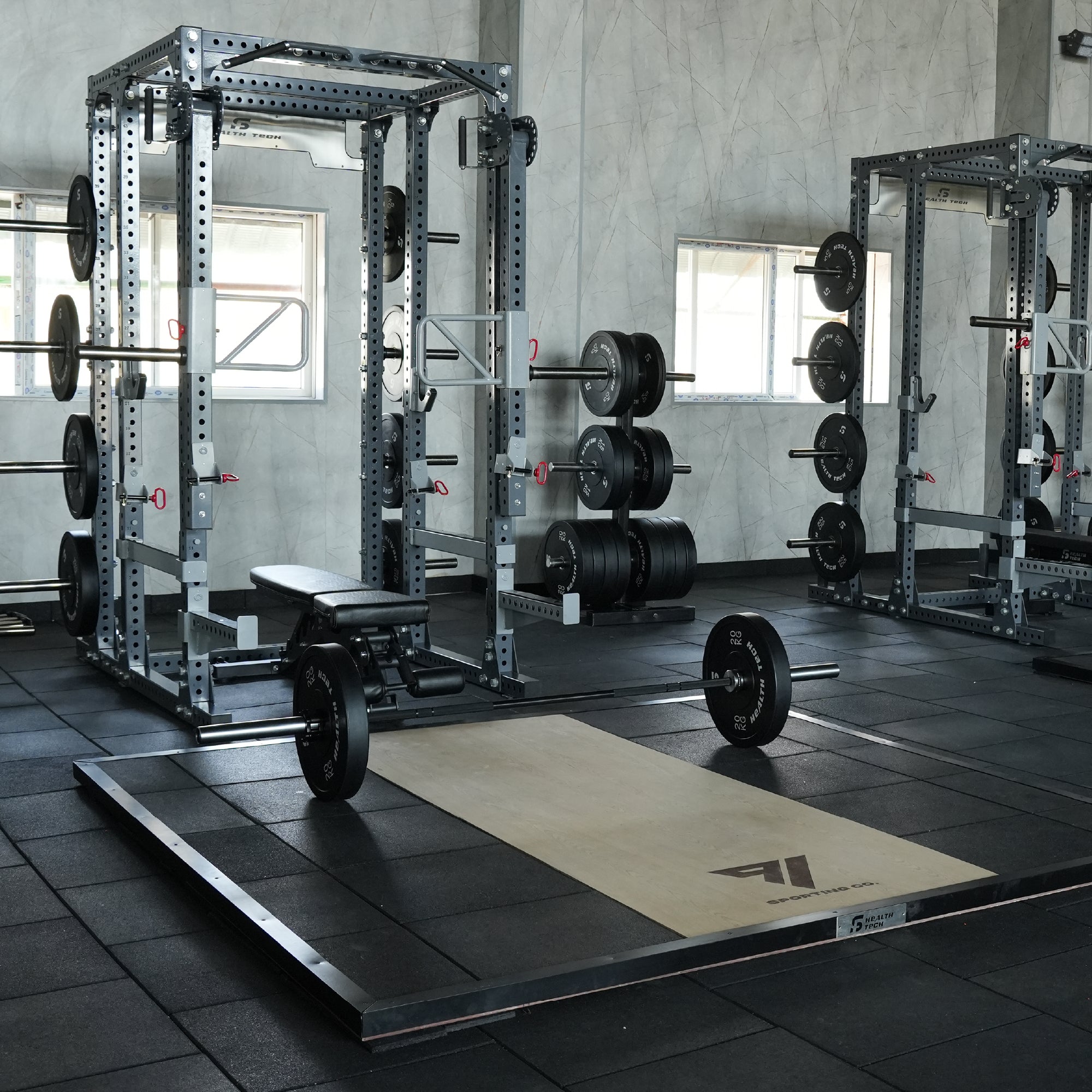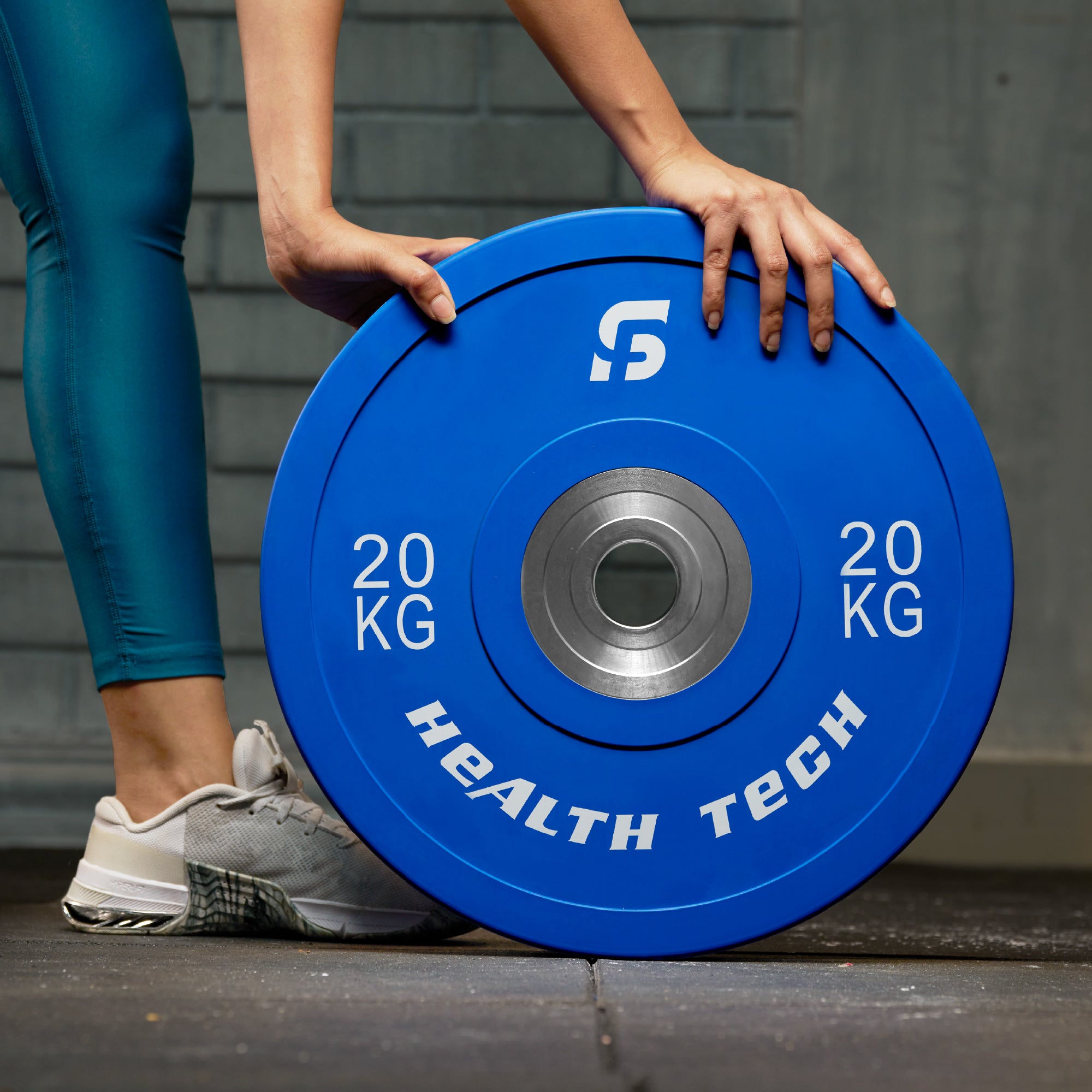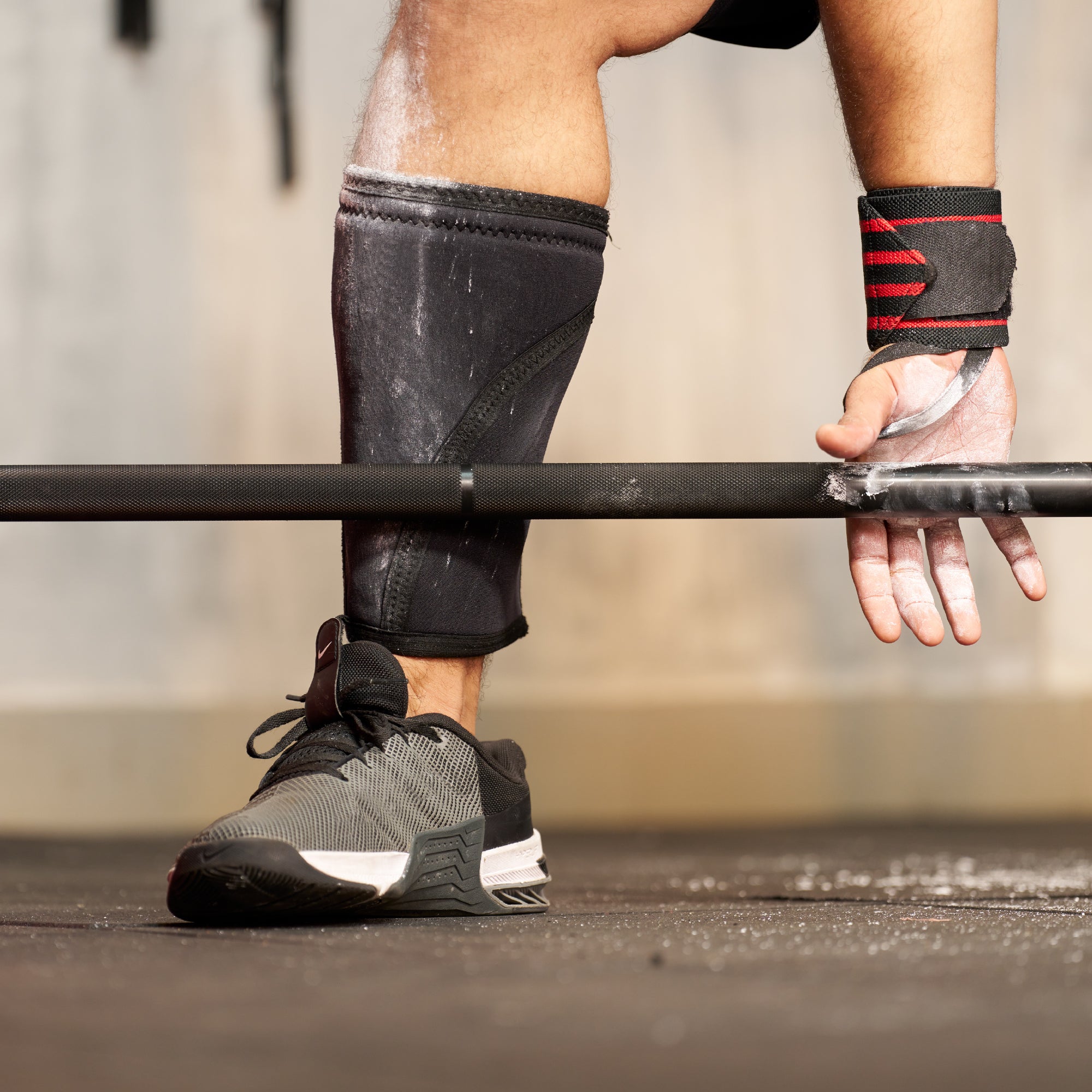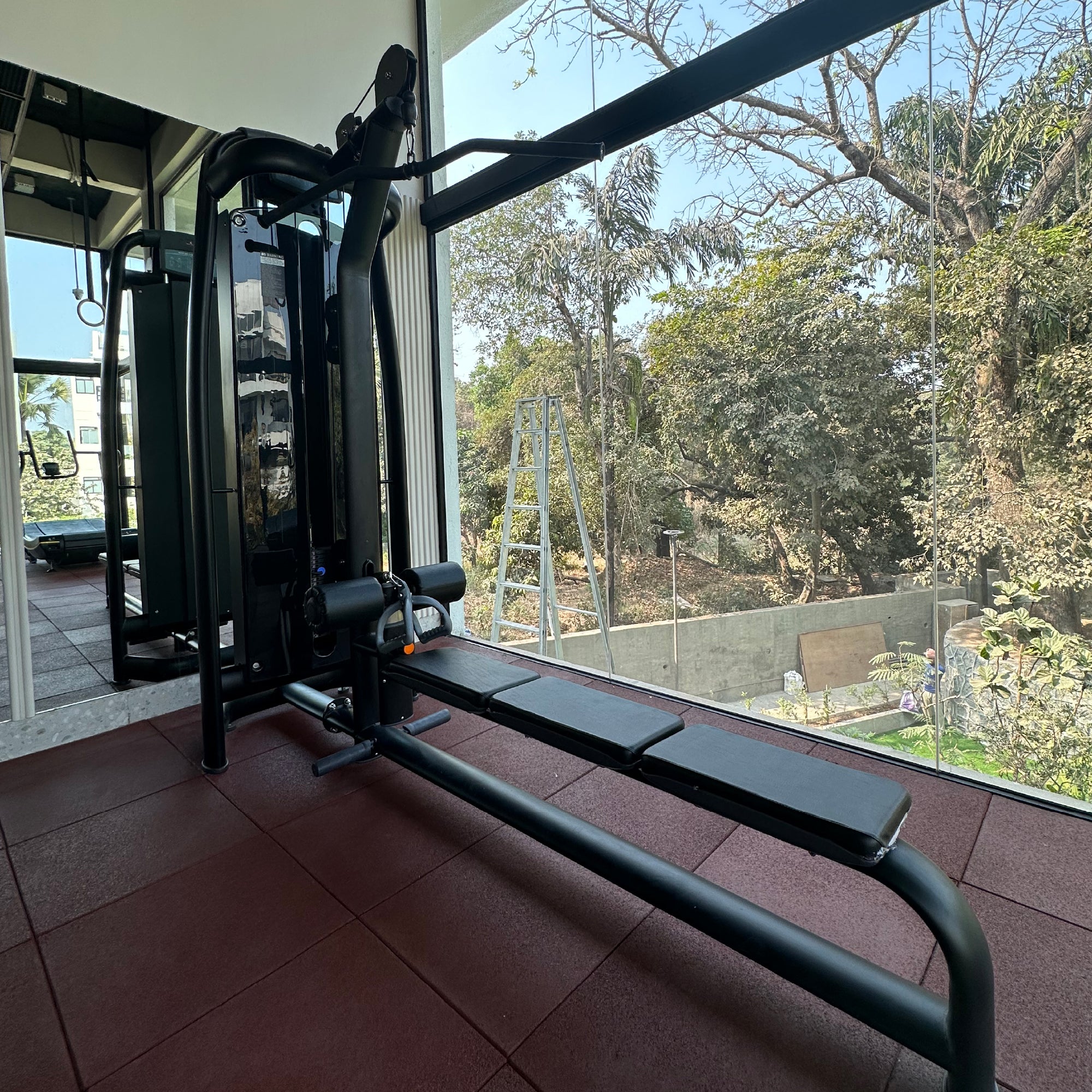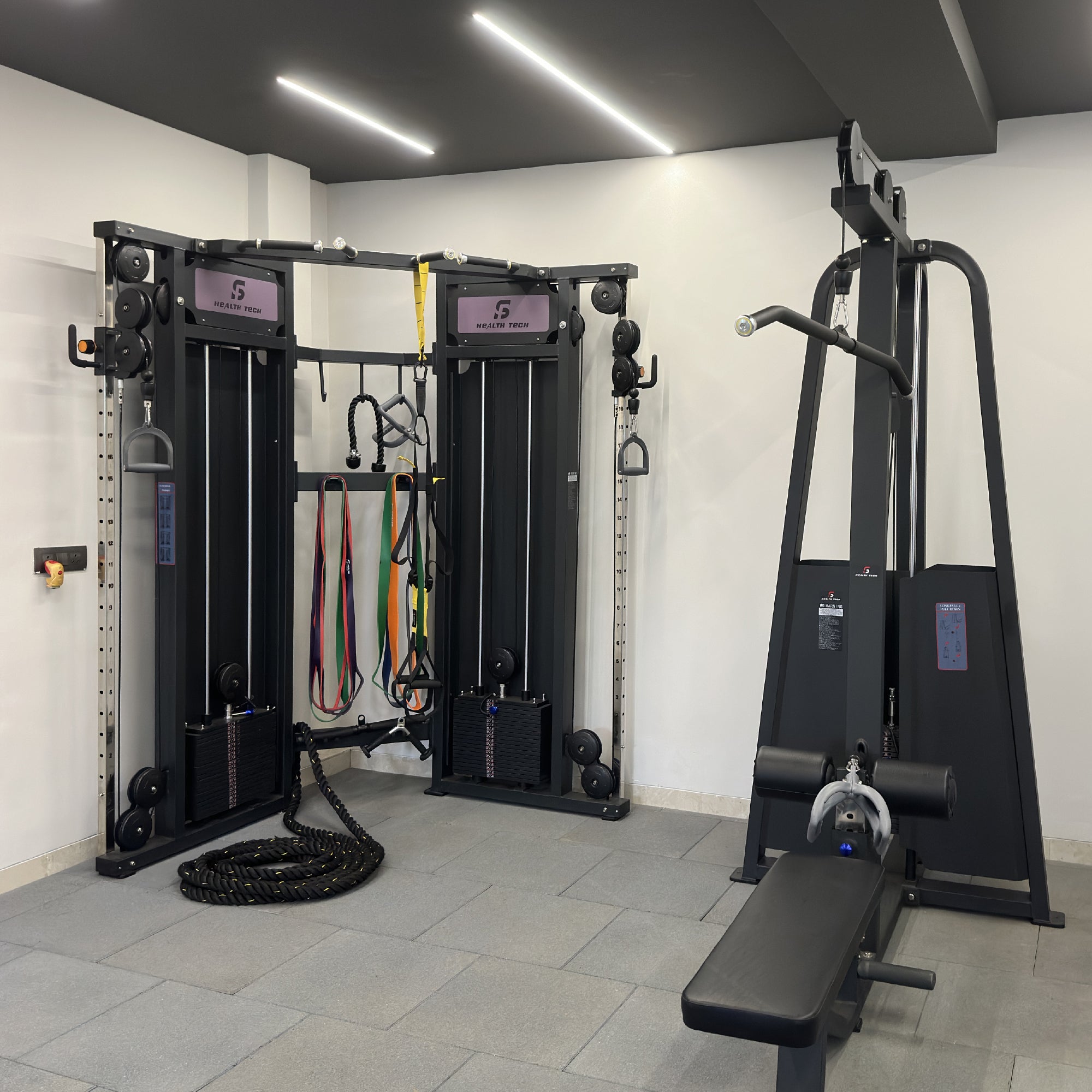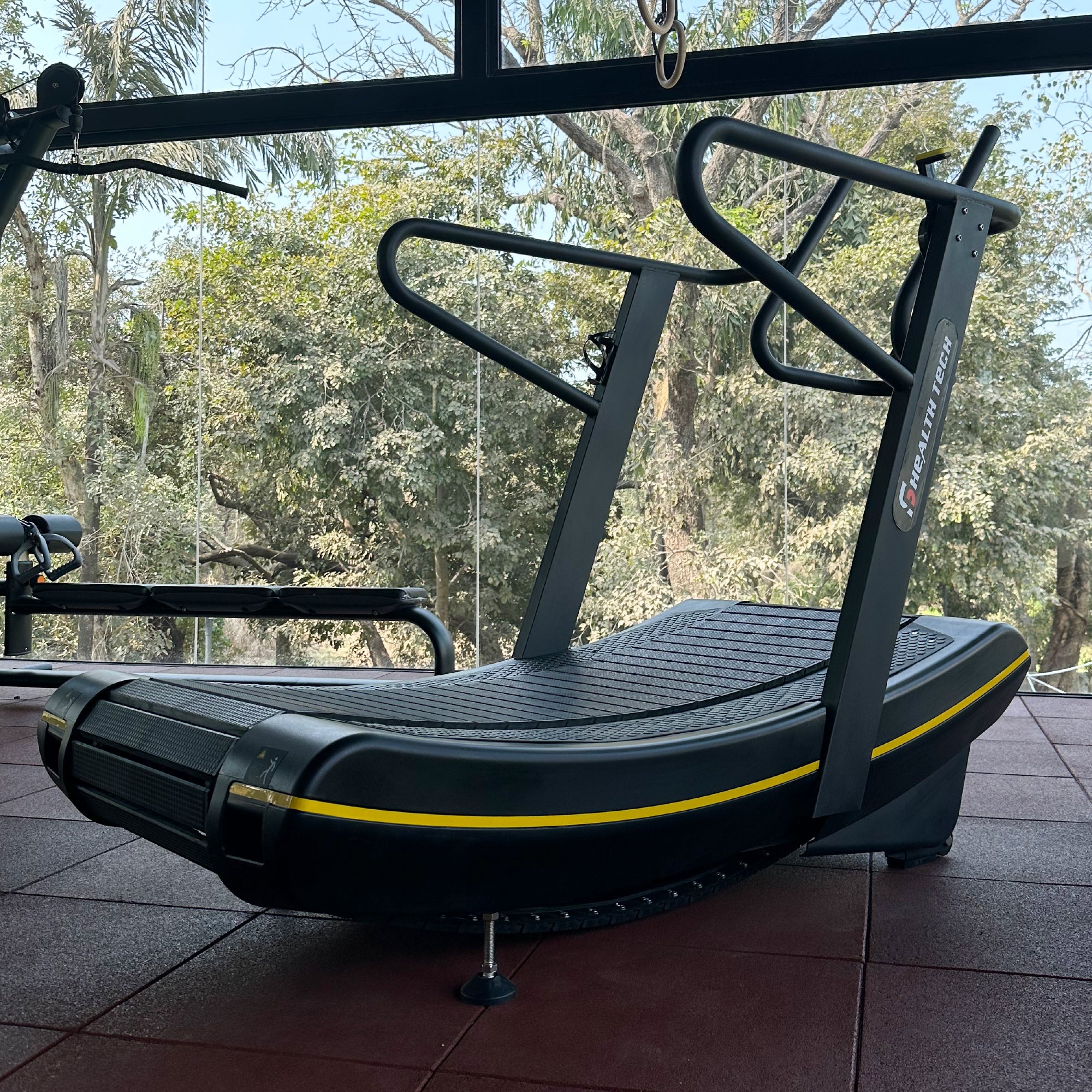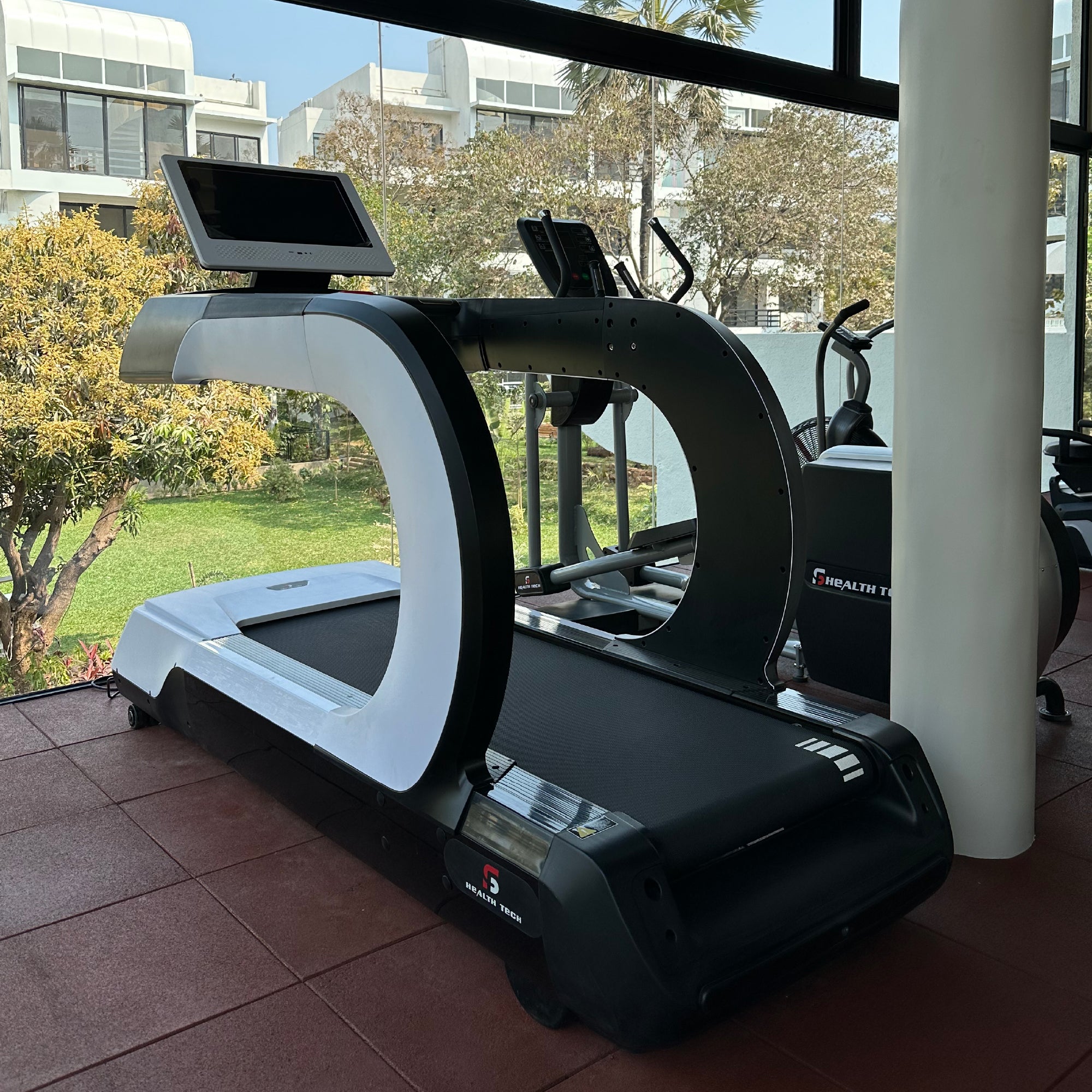Exercise Safety Checklist: How to Use Gym Equipment Safely
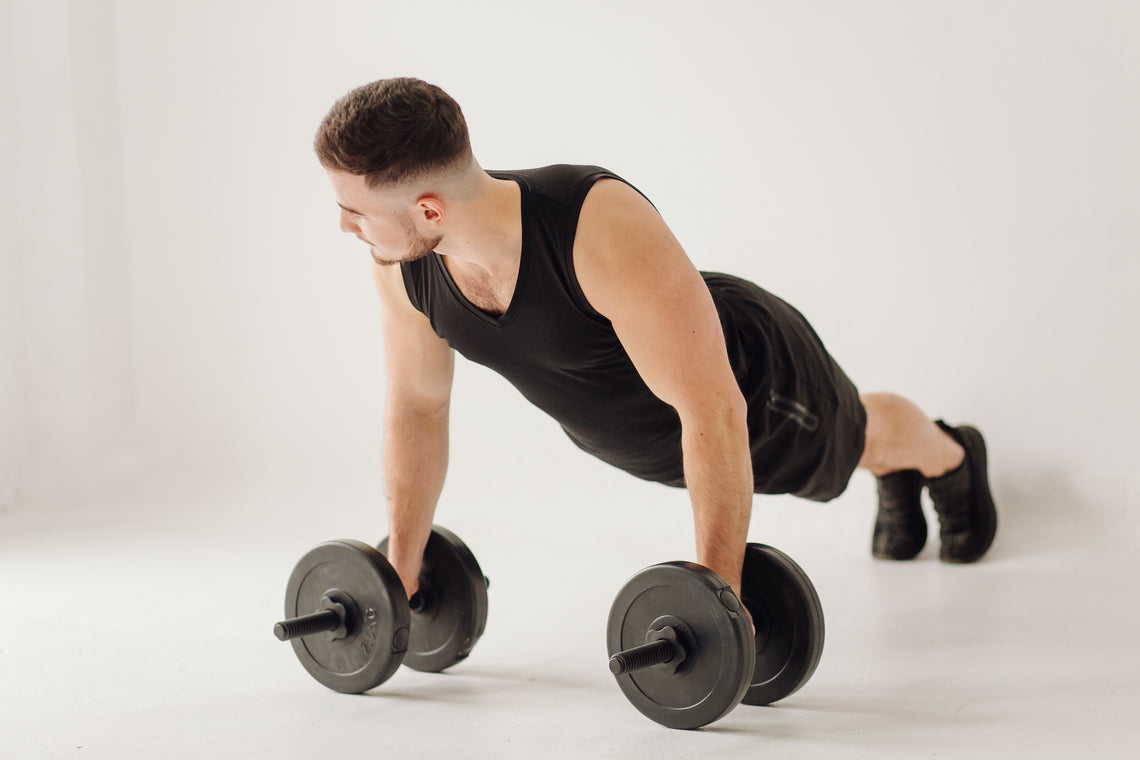
The science is clear – exercise using fitness equipment provide numerous benefits, but it also has an inherent risk of injury. There are potential safety concerns that may arise when using exercise equipment and fitness accessories.
Exercise equipment injuries are usually caused by design flaws, manufacturing defects, faulty installation and improper use. And these injuries can range from minor to major, from sore muscles to severe abrasions, and from muscle sprains to neck injuries.
In this article, we give you tips on how to use gym equipment correctly to get maximum gain while minimising your risk of getting hurt.
How to Use Gym Equipment? Workout Safety Tips
When working out, always think safety first! You don't want to derail your efforts of getting fit by getting an unnecessary injury. Here are a few exercise safety tips you can follow:
Dress appropriately
Choose clothes and shoes specially designed for the exercise you are doing. Wear appropriate clothing for exercise. Ensure that you tie your long hair, so it doesn't get caught in the movable parts of the machine. Don't forget to tie your shoelaces tightly to avoid them getting hung or stuck in the equipment.
Warm-up
It's important to prepare your body for what you are about to put it through. If you are working on cardio machines (treadmill), ensure that you start slow and gradually build up speed. If you're planning for a HIIT (high-intensity interval training) workout session, start with a light jog.
If you are weight training, put your body through the motions using light weights, so your muscles are triggered to get engaged. Don't forget to finish the workout with a session with some stretches to cool down your body.
Clean the equipment before and after each use
Be sure to clean the equipment before you use it. Remove the dust if it hasn't been used for a while. Always remember to wipe off any sweat after your workout. If you spill water on the floor, quickly wipe it off as it could pose a slipping hazard for you and the others.
Respect your physical limitations
Don't rush into lifting heavy weights when you are not ready to handle them. If you are new to weights, you might overdo it without using the correct form and technique, potentially giving a reason for an injury. Take the help of a spotter to test your strength with a calculated rep scheme, and improve your form to be healthier and fitter in the long run.
If you're not sure, ask for help
If you don't know how to use the equipment, it's better to swallow your pride and ask somebody than try it yourself and get injured. If you ask for an experienced member, you might get to learn a thing or two.
Use a spotter or gym partner
A spotter or a gym partner keeps you safe while training. When you are lifting heavy weights for exercises on bench press or squats, it is mandatory to have a spotter. A spotter will check your form and also make sure that you are not setting yourself up for an injury.
Use Gym Equipment Safely
It's important that you know how to use the exercise equipment to avoid any injuries. Misuse or overuse of equipment contributes to a high percentage of injuries in the gym. So make sure you follow these tips on using equipment safely:
Bench Press
To use it correctly, you need to plant your feet firmly on the ground and follow these tips:
- Have a spotter who knows your limits and can properly spot you.
- Stare at the ceiling.
- Do not bounce the bar off your chest.
- Maintain a tight grip to keep the bar stable.
- Keep the chest out and shoulder blades back.
- When you're done, place weight plates and bars securely on racks.
Pulley Machines
Gym pulley machines are relatively safer to use as you cannot drop the weight on yourself while working out. However, follow these safety tips to ensure you eliminate the potential risks of injuries:
- Make yourself familiar with the pulley system.
- Check the cables for signs of wear and tear.
- Set positions depending on what you want to work on. For example, use the highest setting if you want to work on triceps and the lowest setting if working on your biceps.
Rowing Machines
Rowing machines are great for a good whole body workout. But ensure that you follow these rowing machine safety tips:
- Strap your feet tightly.
- Keep your toes straight to avoid a strained ligament.
- Make sure the machine is stable.
- Straighten your back. Arching it can cause back injury.
- Don't twist or turn the handle.
Ab Crunch Machine
While using the ab crunch machine, you can put a lot of stress on your spinal erectors. Use these safety tips to avoid any sort of injuries:
- Keep your arms at a 90-degree angle.
- Start with light resistance.
- Keep your movements slow and controlled.
Exercise Bike
To derive fitness benefits of exercise bike while staying safe, follow these important safety tips:
- Make sure the bike fits you properly; if needed, adjust the handlebars and seat.
- To get off the exercise bike, wait until the pedals stop.
Elliptical Trainer or Cross Trainer
The cross trainer combines the characteristics of a rowing machine, stepper and treadmill. To enjoy the benefits this equipment offers, follow these safety tips when using it:
- Hold an upright position when on a cross-trainer.
- Don't hunch over the bars.
- Ensure your body weight is supported by the lower body while exercising.
- Do NOT step off a moving cross trainer; wait until it comes to a stop.
We hope that this checklist will provide you with the knowledge you need to use the gym equipment properly and help you to start feeling more confident about using them.


